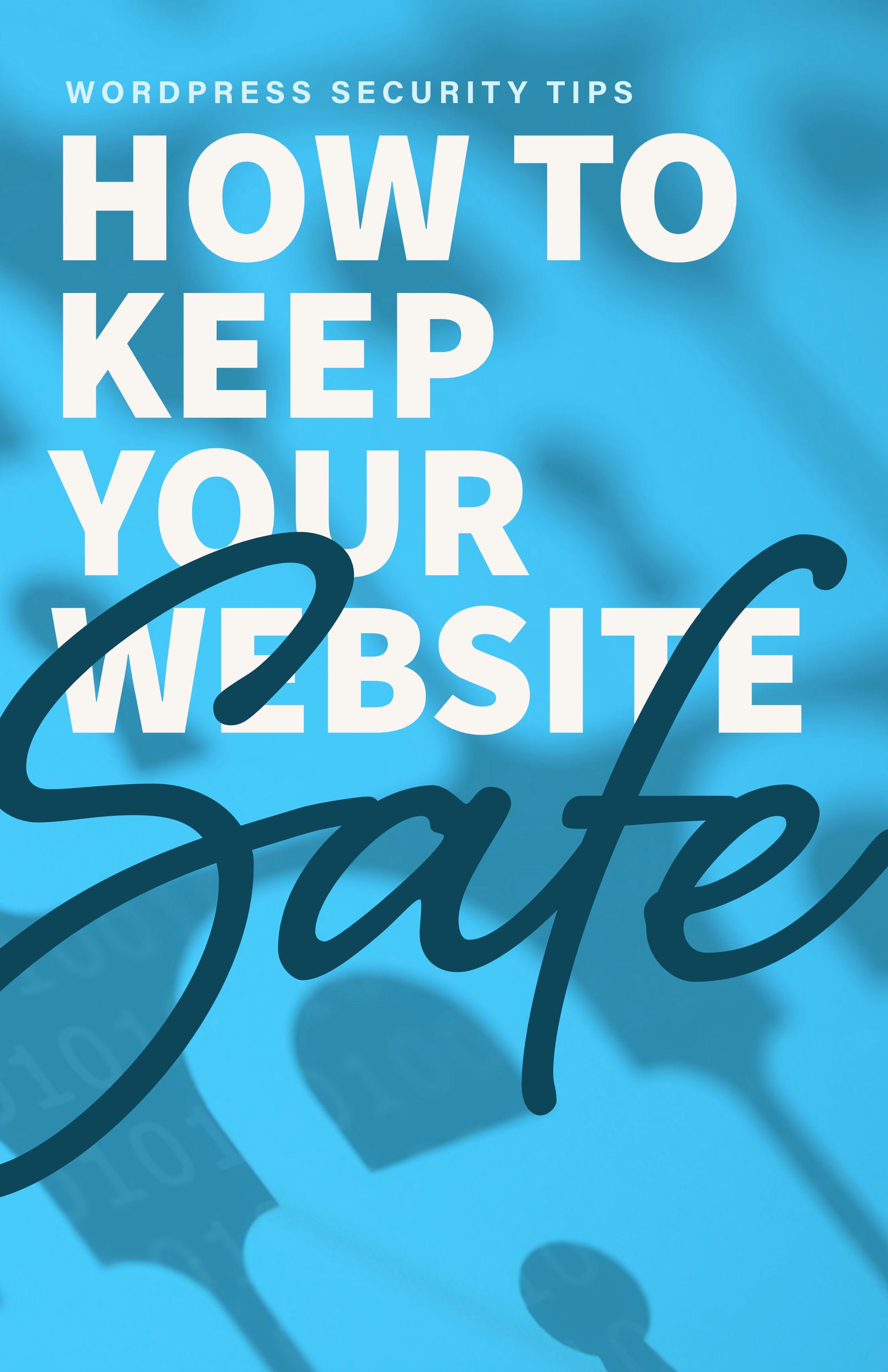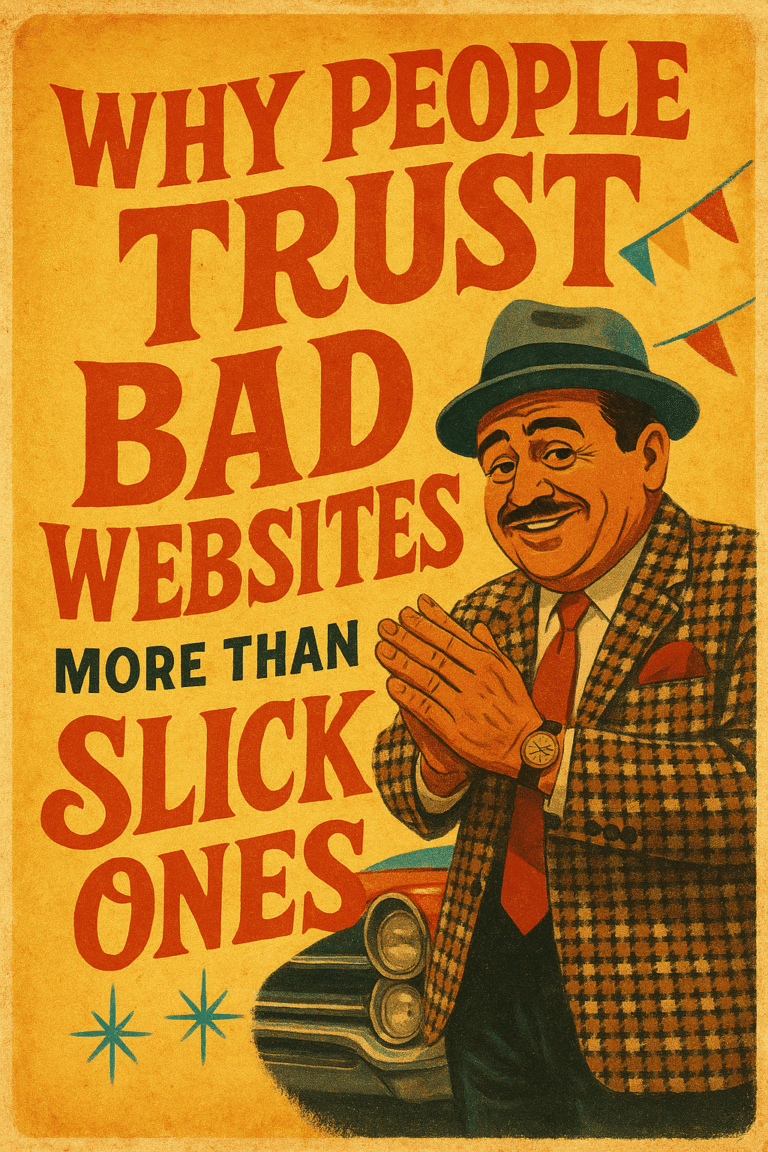
WordPress is a popular content management system used by millions of websites. While it is a great platform, it is also a popular target for hackers. In this blog post, we will discuss some WordPress security tips to help you keep your website safe.
Why You Need WordPress Security
WordPress is a popular target for hackers because it is used by millions of websites. Hackers can exploit vulnerabilities in WordPress to gain access to your website. They can then use your website to distribute malware or spam, or even to launch attacks on other websites.
For this reason, it is important to take steps to secure your WordPress website. Below are some tips to help you do this.
WordPress Security Threats
There are many different types of WordPress security threats. These include:
- SQL injection attacks
- Cross-site scripting (XSS) attacks
- Brute force attacks
- Malware
SQL Injection Attacks
SQL injection is a type of attack where the attacker injects malicious code into your database. This can allow the attacker to gain access to your website or data.
Cross-Site Scripting (XSS) Attacks
Cross-site scripting (XSS) is a type of attack where the attacker injects malicious code into a web page. This can allow the attacker to steal information from users who view the page, or even to take control of the user’s browser.
Brute Force Attacks
A brute force attack is where an attacker tries to guess your password. This can be done by using a dictionary of common passwords, or by using a program to generate random passwords.
Malware
Malware is a type of software that is designed to damage your website or computer. It can be used to delete files, or to steal information.
How to Secure Your WordPress Website
There are several things you can do to secure your WordPress website. Below are some of the most important things to do:
Keep your WordPress version up to date
WordPress releases security updates regularly. In those updates, WordPress developers address new security threats that have been discovered.
For example, WordPress released a security update in 2019 that addressed a vulnerability that could allow hackers to take over a website. If you had not updated your WordPress version, your website would have been vulnerable to this attack.
By keeping your WordPress version up to date, you can help protect your website from these threats.
- How do you update your WordPress version? You can update your WordPress version automatically by setting up automatic updates. Alternatively, you can manually update your WordPress version by logging into your website and going to the Updates page.
Keep your plugin and theme versions up to date
In addition to WordPress itself, you also need to keep your plugin and theme versions up to date.
Like WordPress, plugins and themes can also be vulnerable to security threats. By keeping them up to date, you can help protect your website from these threats.
- How do you update your plugin and theme versions? You can update your plugin and theme versions automatically by setting up automatic updates. Alternatively, you can manually update your plugin and theme versions by logging into your website and going to the Updates page.
Install a security plugin
There are many great security plugins available for WordPress. Some of the most popular ones are Wordfence, Sucuri, and iThemes Security. These plugins will help to secure your website by adding features like two-factor authentication and malware scanning.
Benefits of two-factor authentication
Two-factor authentication (also known as two-step verification) is an extra layer of security that can be added to your WordPress website. When you enable this feature, you will be prompted to enter a second code (usually sent to your phone via text message) in addition to your username and password when logging in. This makes it much more difficult for hackers to gain access to your website, as they would need to have both your password and access to your phone.
Sucuri is a security plugin that offers a number of features to help secure your WordPress website. These features include malware scanning, blacklist monitoring, and email alerts. Sucuri also offers a paid service that includes website firewall protection.
iThemes Security is another popular security plugin that offers a number of features to help secure your WordPress website. These features include two-factor authentication, password strength checking, and user activity logging. iThemes Security also offers a paid service that includes malware removal assistance.
Benefits of malware scanning include:
Malware scanning is a process of scanning your website for malicious code. This can be done manually or with the help of a plugin. If you suspect that your website has been hacked, it is important to scan it for malware as soon as possible. Malware can cause serious damage to your website, including stealing sensitive information and taking your website offline.
Alternatively, you can scan proactively to keep ahead of any malware that might try to infect your site. This is especially important if you are running an eCommerce website, as malware can steal credit card information and personal data.
Limit login attempts
One of the best ways to protect your WordPress website from brute force attacks is to limit login attempts. A brute force attack is when a hacker tries to guess your username and password by trying millions of combinations until they get it right.
If you allow unlimited login attempts, a hacker will eventually guessing your password and gain access to your website. However, if you limit login attempts, they will be locked out after a certain number of failed attempts. This makes it much more difficult for hackers to gain access to your website.
You can limit login attempts in WordPress by installing a plugin like Limit Login Attempts Reloaded or Login Lockdown.
Do not use “admin” as your WordPress username
One of the most common WordPress security vulnerabilities is using “admin” as your WordPress username. Hackers know this, and will often try to brute force their way into your website by guessing your password if they know your username is “admin.”
To help protect your website from these attacks, choose a unique username for your WordPress website. If you have already been using “admin” as your username, you can create a new user with a different username and delete the “admin” user.
Use a strong password
Another important WordPress security tip is to use a strong password. A strong password is one that is at least eight characters long and includes a mix of uppercase and lowercase letters, numbers, and symbols.
You should never use the same password at more than one website. If you have trouble remembering different passwords for different websites, you can use a password manager like LastPass or Dashlane to help manage your passwords.
Use SSL/HTTPS
SSL (Secure Sockets Layer) is a protocol that provides a secure connection between a website and a web browser. When you visit a website that uses SSL, your connection to the website is encrypted, making it more difficult for hackers to intercept your data.
Most WordPress hosting providers offer SSL certificates for free. To add SSL to your WordPress website, you will need to purchase an SSL certificate and then install it on your server. Once you have installed the SSL certificate, you can enable the WordPress force SSL setting to redirect all traffic from your website to the secure (HTTPS) version of your website.
You should also update your WordPress URL and Site Address settings to use the new SSL URL.
Use a Web Application Firewall
A web application firewall (WAF) is a security tool that helps to protect your website from malicious traffic. A WAF can be used to block specific IP addresses, malware, and other threats.
There are a number of WordPress plugins that offer a WAF, including Sucuri Security, CloudFlare, and Incapsula.
Change Login URL
The WordPress login page is located at wp-login.php. This URL is well known, and hackers will often try to brute force their way into your website by guessing your username and password at this URL.
You can change your WordPress login URL to help protect your website from these attacks. To do this, you can install a plugin like WPS Hide Login.
Once you have installed the plugin, you can change your login URL to anything you want. For example, you could change it to /our-login -page.
Disable File Editing
WordPress comes with a built-in file editor that allows you to edit your theme and plugin files from within the WordPress admin area. However, this feature can be exploited by hackers if they are able to gain access to your website.
If you do not need to use the WordPress file editor, you should disable it.
Disable XML-RPC
XML-RPC is a feature that allows you to post to your WordPress website from external applications. However, it can also be exploited by hackers.
If you do not need to use XML-RPC, you should disable it.
Disable PHP in Uploads Folder
The WordPress uploads folder is where your website stores files that have been uploaded, such as images and PDFs. By default, PHP files are not allowed in the WordPress uploads folder.
However, if a hacker is able to upload a malicious PHP file to your website, they can then execute that file and take over your website.
Back up your website
One of the most important WordPress security tips is to regularly back up your website. This way, if your website is ever hacked or compromised, you will have a recent backup that you can restore.
There are many great WordPress plugins that can help you automate the process of backing up your website. Some of these plugins include BackupBuddy, UpdraftPlus, and VaultPress.
Logout Inactive Users
If you have users who are logged into your WordPress website but are not active, you should log them out. This will help to prevent hackers from gaining access to your website through an inactive user account.
You can use a plugin like Inactive Logout to automatically log out inactive users after a period of time.
Blacklist monitoring
This is the process of monitoring your website to see if it has been blacklisted by Google or other search engines. This can be done manually or with the help of a plugin. If your website is blacklisted, it means that your website has been flagged as containing malicious content and will not be displayed in search results. This can have a serious impact on your website traffic and reputation.
Secure your computer
You should also take steps to secure your computer. This includes installing a firewall, using anti-virus software, and keeping your operating system and software up to date.
These are just a few of the many WordPress security tips that you can use to help keep your website safe. For more information on WordPress security, you can check out the WordPress Codex or the WordPress Security Guide. You can also find more WordPress security tips on our blog.
If you have any questions about WordPress security, please contact us. Our team of experts would be happy to help you secure your website.
Final Thoughts
WordPress is a popular content management system used by millions of websites. While it is a great platform, it is also a popular target for hackers. In this blog post, we have discussed some WordPress security tips to help you keep your website safe. If you would like more information or need help securing your WordPress website, please contact us. We are experts in WordPress security and can help you make sure your website is protected from hackers and other online threats. Call (360) 450-3711.
—
WordPress Security FAQs
How do I know if my WordPress site is secure?
The first step is to make sure that you have a strong password for your WordPress admin account and that you’re using a reliable hosting provider. You can also install a security plugin like Wordfence to help scan for malware and block malicious traffic.
Is WordPress safe to use?
Yes, WordPress is a secure platform that is regularly updated with security patches. However, it’s important to keep your WordPress site up-to-date and take precautions like using strong passwords and installing a security plugin.
Why is WordPress a target for hackers?
WordPress is a popular target for hackers because it powers millions of websites. Hackers can exploit vulnerabilities in WordPress to take over websites, deface them, or use them to distribute malware.





